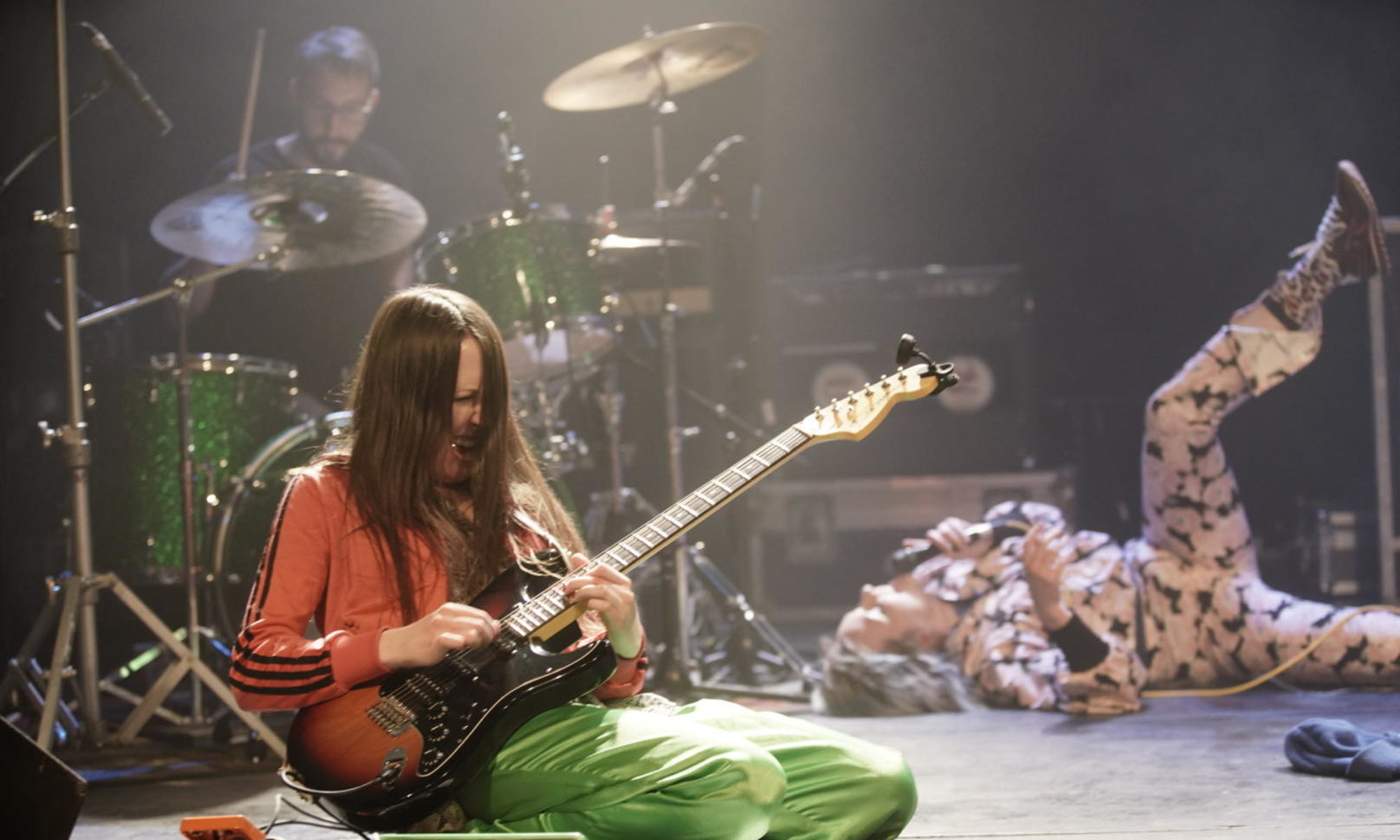By Dustin Danyluk

The Pyramid Cabaret was sparsely populated when Hildur Guðnadóttir, cellist and vocalist of Mùm, took the stage alone with her cello and laptop. Her freeform, ambient cello-based music reflected both her classical musical training (an experimental consciousness that seems to be common within Icelandic music circles). Guðnadóttir’s set was reminiscent of performances given by fellow Icelandic experimental musicians Leanne Zacharias, Borgar Magnason and Kippi Kaninus this past May at the St. Boniface Museum for the bargain price of $5. Guðnadóttir’s music differed in that while that performance was meditative, dissonant and droning, Guðnadóttir chose to insert very melodic and shifting passages, which were later given more breadth by the accompaniment of fellow Múm members Eiríkur Orri Olafsson on synths and trumpet and Gunnar Örn Tynes on bass. Typically for the Pyramid, the crowd was backed far away the stage, but you could still feel the swells in dynamic and the intent that had been put into writing and playing the music. The modest crowd showed all the appreciation their limited numbers could convey.
Fortunately, by the time the quirky indie folk singer Sindri Már Sigfússon and his latest project, Sin Fang Bous, took stage, the crowd had grown to a less-embarrassing size. The brand of eclectic folk pop he and his band unleashed was a delight to experience from one song to the next. Sigfússon’s live vocals were much more rough and energetic than the mellow and smooth delivery on his albums, and hints of ambient textures and novel rhythms kept the crowd on their toes. And though the band were just backing him up, you could tell there was enough groove and texture in the songs for them to really grab hold and have fun with.
By time the headliner Múm took stage, the Pyramid had mercifully filled up enough to balance out the unsightly bare spots in front of the stage. Múm’s energy and instrumentation was hard to resist (regardless of whether you prefer Kristín Anna Valtýsdóttir-era Múm or their more recent poppier, folkier sound). Most the songs they played were off of their most recent two albums, Go Go Smear the Poison Ivy and Sing Along to Songs You Don’t Know. Fans of the bands earlier output might have found their new vocal approach a little underdeveloped, but the band as a whole more than compensated for that. Múm’s live instrumentation sounded fantastic. Their drums triggered glitched creaks as well as producing traditional acoustics, adding a dynamic to their electronic sections that just can’t be programmed into a loop. Múm’s energy peaked when they returned for an encore with a track from the acclaimed Finally We Are No One.
Being Gate Night, there was something of a weird atmosphere in the room. While the band played, a man in the front row fainted and fell straight backwards to the floor and, for a second, the shadow of his head cast onto the floor looked like a pool of blood. (Only for a second though.)
>>>www.myspace.com/sinfangbous
PHOTOS BY SAMANTA KATZ

